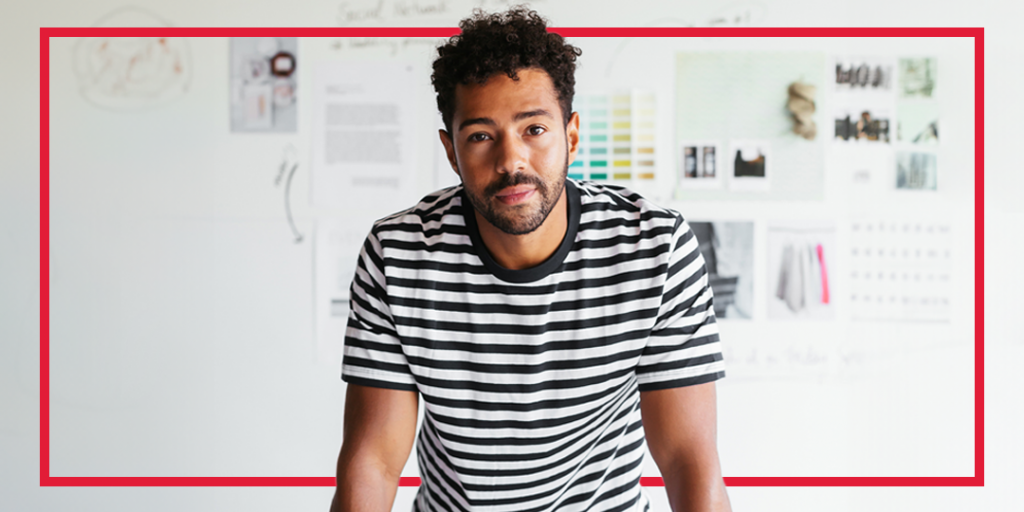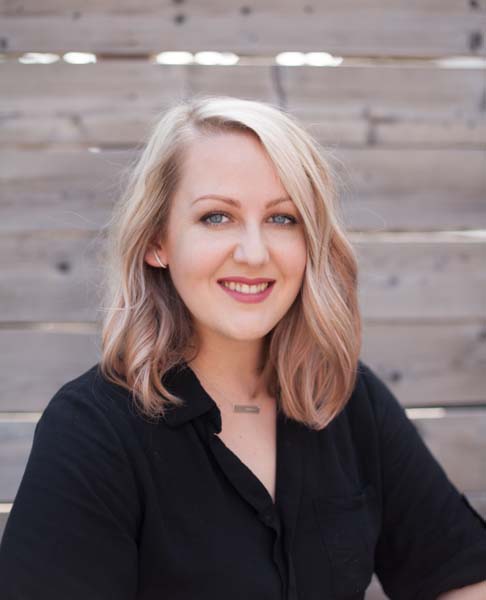
Placing a call on your smartphone, clicking the purchase button on an e-commerce site, checking the five-day forecast on your weather app.
Every day we engage in countless simple interactions with products and services we rely on, and often we barely notice we are doing it. That’s by design — behind every click or swipe, a User Experience (UX) Designer spent hours ideating and designing that interaction to make it as simple and intuitive as possible.
To learn more about this fascinating and in-demand field, we spoke with Sveta Fedarava, a UX Design professional and one of the instructors in the Certificate in (UX) User Experience Design at the York University School of Continuing Studies.
Sveta started her design career with a degree in Graphic Design from OCAD University. Early in her career, she learned about UI and UX design and eventually transitioned to User Experience Design. For almost a decade, Sveta has been helping companies utilize design thinking and human-centred design processes. Sveta is currently the Head of Product Design and UX at EventMobi.

Thanks for taking the time to speak with us today, Sveta. For those unfamiliar with this field, could you explain what user experience design entails?
User experience design encompasses all aspects of the user interaction with a company, its services and its products. As UX designers, we try to make the experience of interacting with products, services or technology simple, enjoyable and intuitive.
I know design thinking is a major tool in a UX designer’s toolkit. Could you describe what design thinking is?
Design thinking is an abstract framework — a philosophy of solving problems for users. The way we deliver value is through learning about something and then improving it, and it is an iterative approach. It consists of a few stages where we empathize with our users. We define what the problem is. We ideate. We prototype. We test, and we implement.
How does a UX Designer empathize with the customer or the user?
To deliver something valuable, we need to understand who the product will add value to. We do that by building the personas and understanding how users think and their minds work. That entails mind mapping or creating empathy maps — trying to understand what is meaningful to those individuals or groups. Because once we understand who the people are and what they’re struggling with, then the solution becomes very evident, and it’s easy for us to do our job.
What kind of background do you need to go into this field?
You don’t need any special skills to pursue a career in UX. And for the Certificate in User Experience (UX) Design, we provide the foundational knowledge for someone to start from scratch. So, if you’ve never used any design tool, that’s not a problem. The program will allow you to learn that on your own. If you’ve never talked to a customer, if you’ve never created any design, we will guide you through that experience.
You mentioned empathy, but what are some other soft skills that UX designers need to have?
An important skill that I think sometimes gets overlooked is listening skills. Active listening is very important in UX, or understanding what people are telling you. Because what they’re saying verbally may not be what they mean. There are many ways that we can ask questions and uncover insights.
Another one is your ability to articulate your thoughts and ideas clearly and concisely. Once we understand who our users are, we know what their problems are, and we know the solution. We then have to present it to other people. We have to ensure that it gets built according to the specifications that we have uncovered. A big chunk of what a UX designer does is presenting to other people.
What are some of the projects that students will work on in the Certificate in (UX) User Experience Design?
The projects students will be working on mimic what they would be doing when they enter the workforce. They are going to understand who their users are. They’re going to do a little bit of research. They’re going to conduct surveys. Then they will create solutions, design and present their ideas.
You can become the person behind the click with the Certificate in User Experience Design.
The School of Continuing Studies’ award-winning program provides a blend of core job skills and soft skills to help you build a successful career in this field. The program is delivered in a part-time, blended format that allows you to upskill or reskill quickly without disrupting your schedule.
In the program, you will engage in experiential projects, produce a portfolio that showcases your UX skill set and develop a strong professional network with your peers.
Your new career is just a simple click away.
